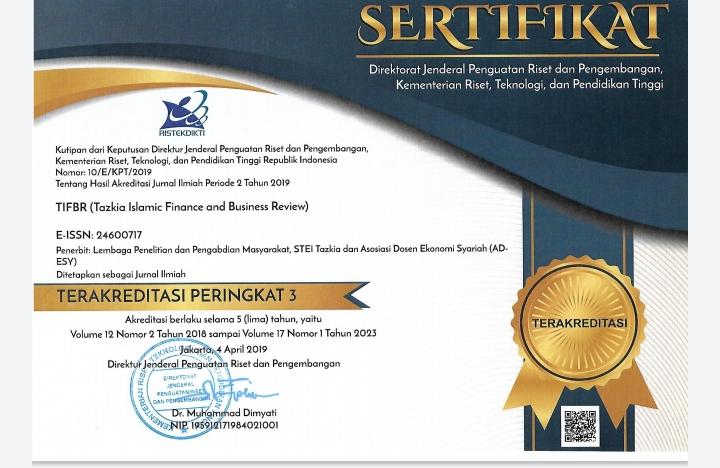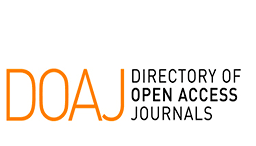Batik Painting Employees’ Welfare In Yogyakarta (An Analysis Of Maqasid Sharia Framework)
Abstract
Objectives - The main purpose of this study is to analyze the implementation of welfare concept from the Islamic Economic perspective in Sub Sector Batik Painting Industry in Yogyakarta.
Methods - This is an explanatory research study with analytical descriptive of kashif analytical. This study uses rational-empirical approach (deductive). The research begins with empirical facts of an event/phenomenon that shows the number of batik industry in Yogyakarta. Maqasid Sharia is used to analyze the object of the research. Therefore, this study can be categorized as empirical-rational (inductive). The study was conducted in Yogyakarta that consists of 5 districts, namely: Sleman, Bantul, Kulon Progo, Gunung Kidul and Yogyakarta.
Results - Maqasid sharia as an indicator of welfare has been implemented in most of the batik painting industry in Yogyakarta, with the highest order is hifzhul-‘aql, followed by hifzhul-maal, hifzhun-nasl, hifzhun- nafs, and the lowest is hifzhud-din. By order of the area of application, the highest is Kulon Progo (70.31%), followed by Yogyakarta (70.26%), Bantul (70.25%), Sleman (60.09%) and the lowest is Gunung Kidul (50.29%).
Conclusion - Based on the analysis of socio-economic welfare, as much as 64.7% of employees were able to meet the needs of their family life, while the remaining 33.3% were classified as mustahiq (poor) which require serious attention. Based on the analysis of Ibn Khaldun’s concept on welfare, Batik industry in Yogyakarta has not fully implemented the welfare yet. It is characterized by the application of distributive justice between the owner and the employees are still not in accordance with the Hadith of the Prophet, which is 1: 2.
Keywords: Islamic Welfare, Maqasid Sharia, batik painting















